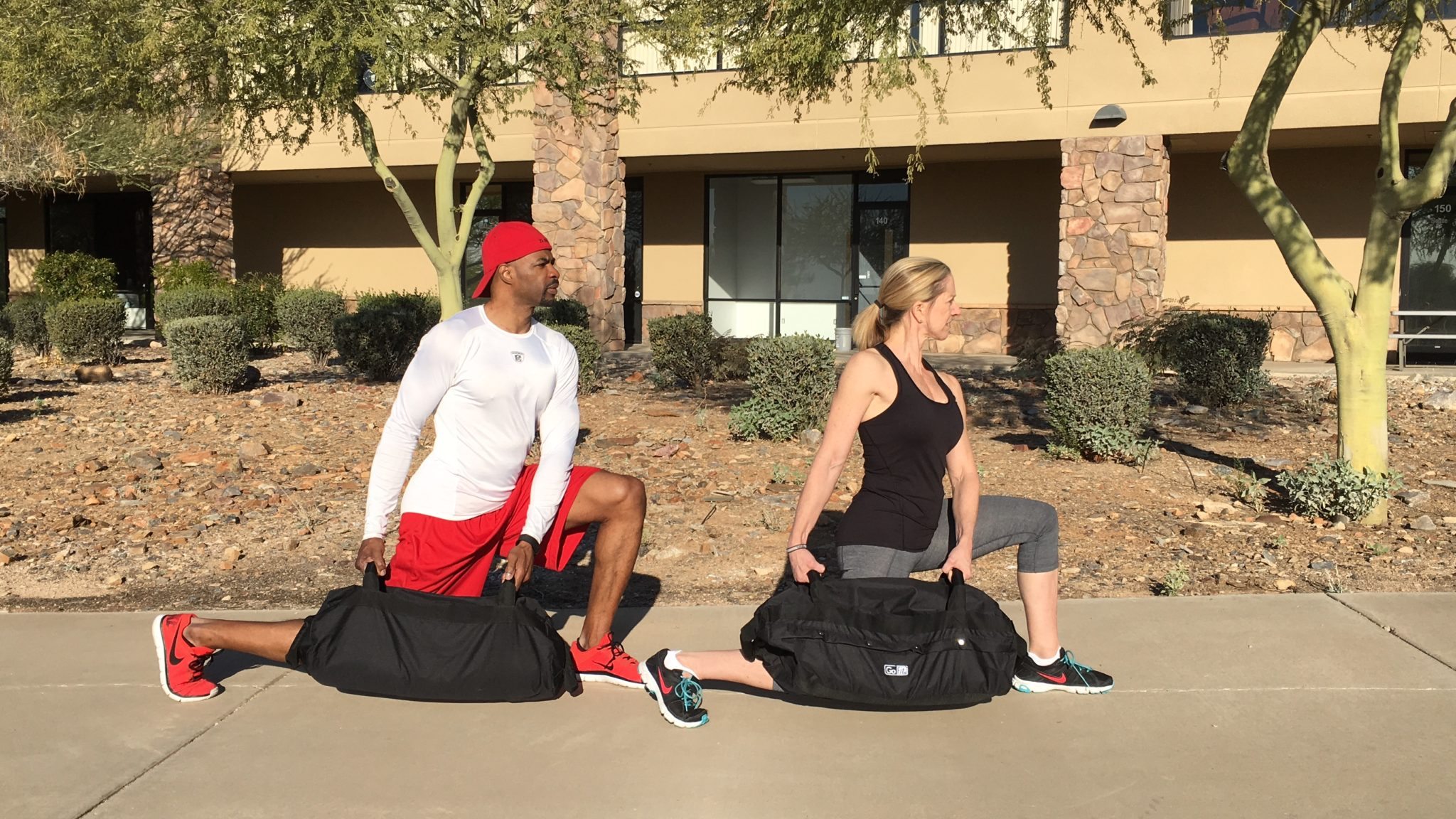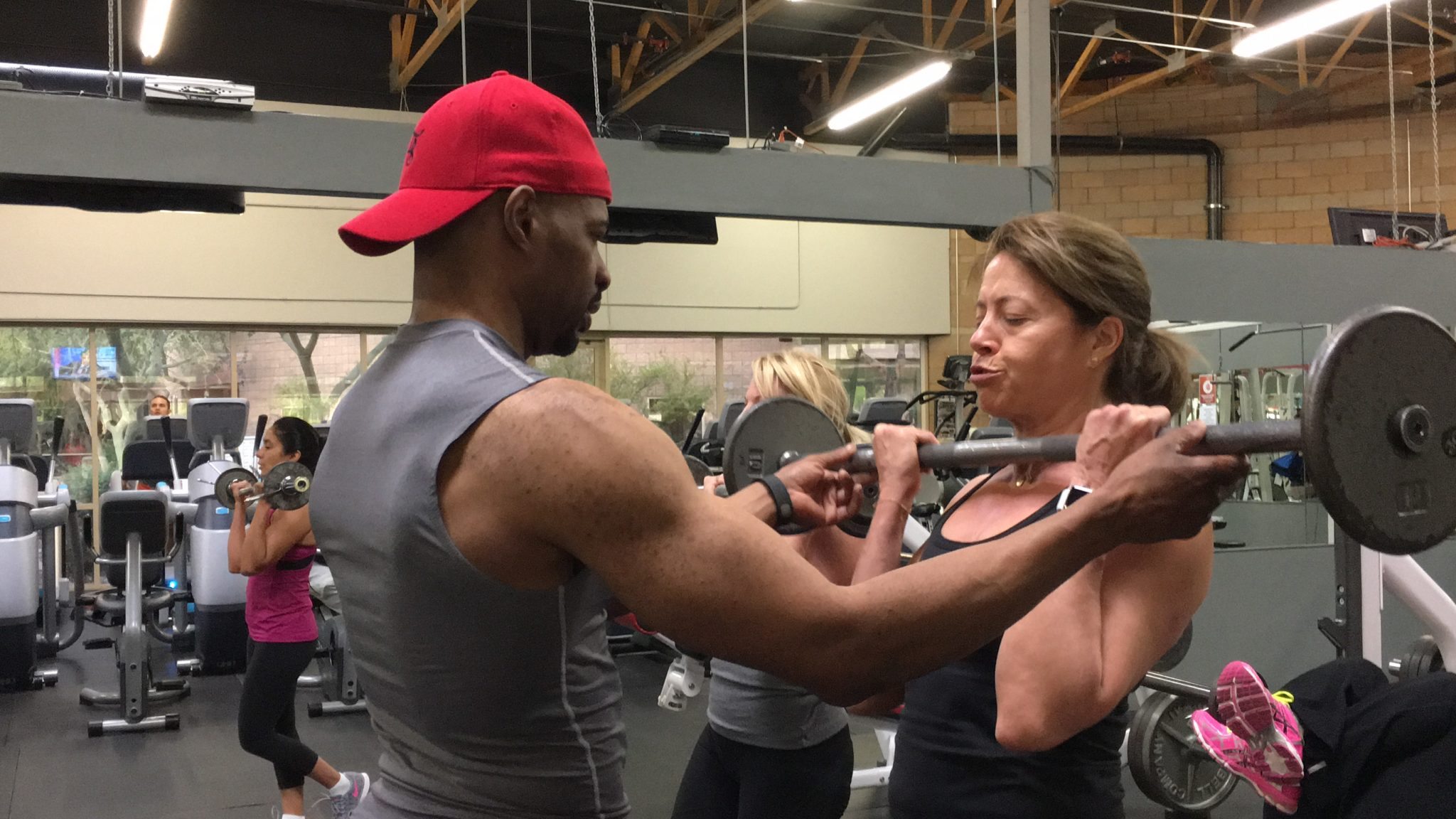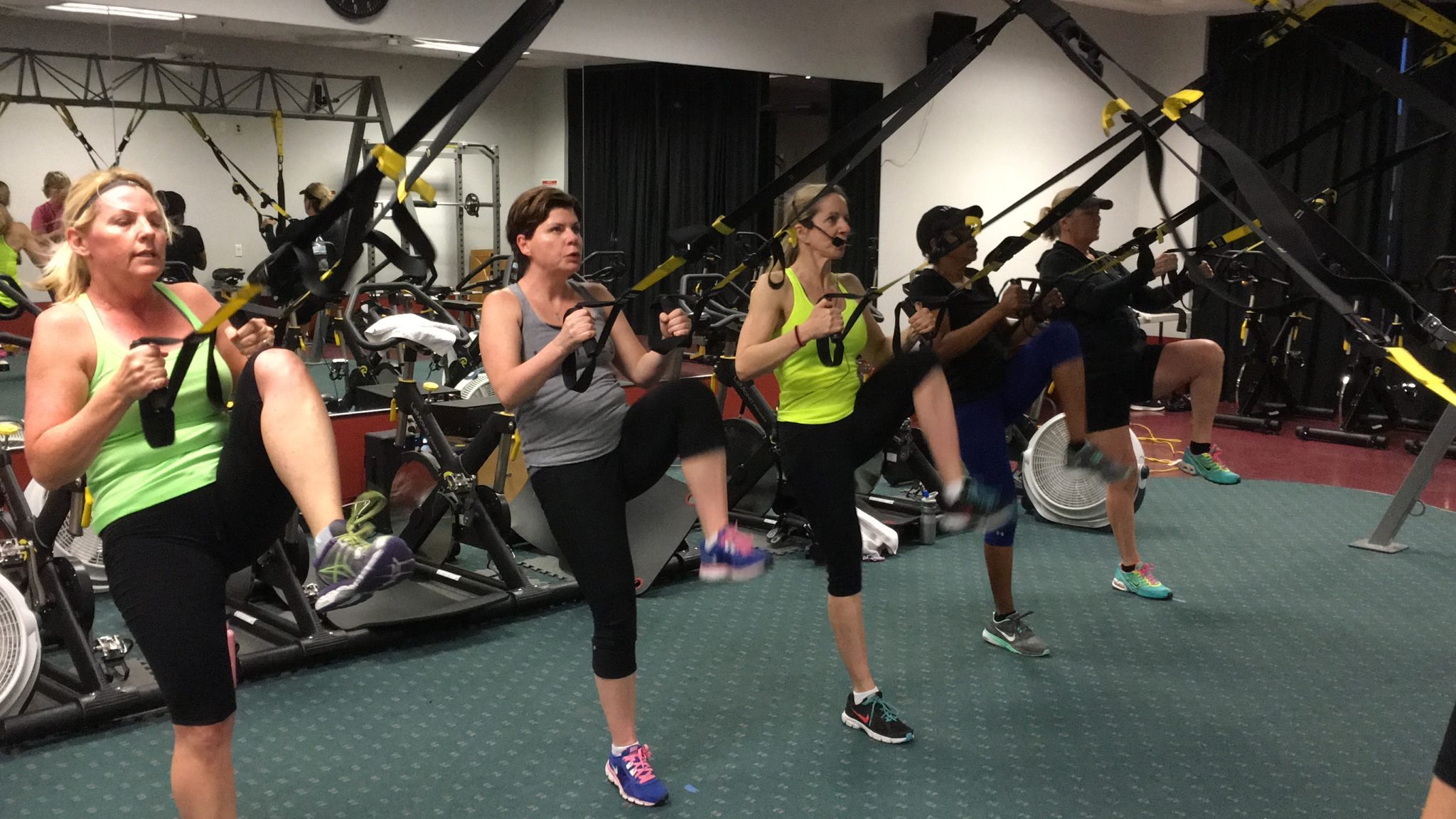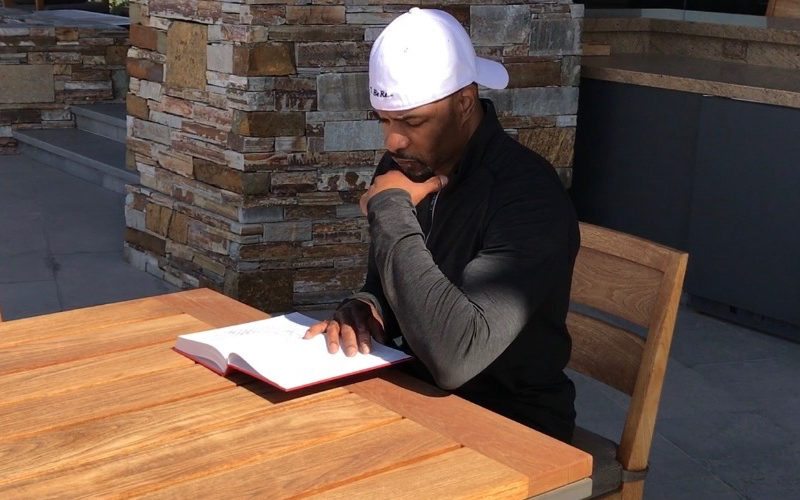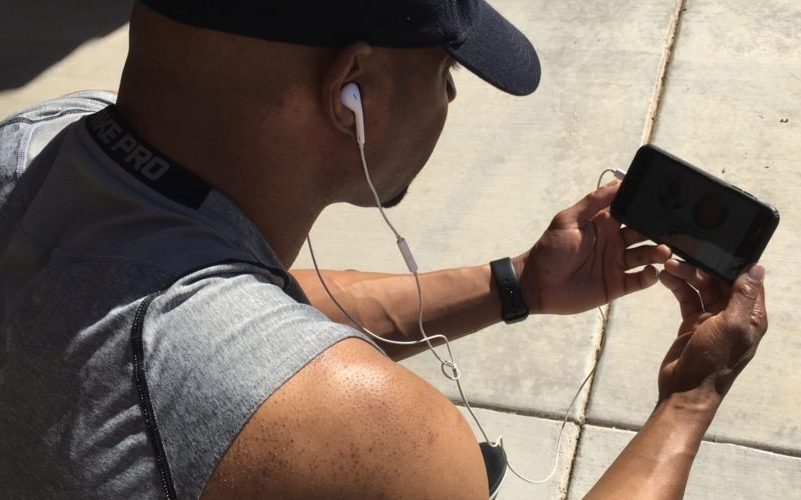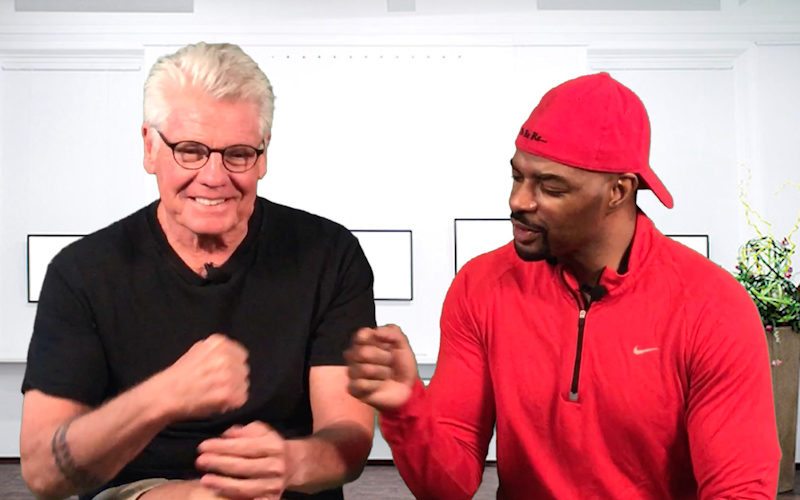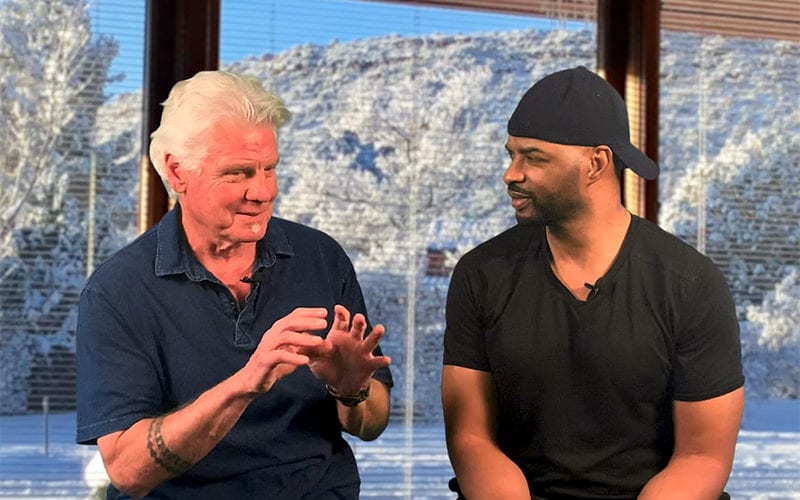Focus on Quality over Quantity in the Exercises that you do
There is physical movement involved with everything that we do from the time that we push ourselves out of bed every morning. Quality of life includes being able to do daily activities without pain or struggle. You don’t want to have to worry about throwing your back out while reaching for a dish on the top shelf. And, bringing in 3 to 4 bags of groceries from the car shouldn’t require more than two trips. What can we do in our workouts to ensure a higher quality of life?
This past Saturday I attended a TRX training course with a couple of my friends. The focus was on functional movements and progressions to apply to a variety of training equipment; including TRX, Kettle bells, Medicine Balls, Sandbags and Heavy Ropes. What a wealth of incredible information! One of my big takeaways was concentrating on technique and intensity. It’s not the number of reps or how heavy you lift but rather how you lift that is going to give you the most effective results. Quite simply the goal is to move better and keep it safe.
Here are the four steps of the basic TRX Training Philosophy that can be applied to any exercise:
- Focus on the movement. For each exercise, think about which parts of the body need to be stable and which parts are allowed to move. This is the technique that is important to understand in order to get the results that you want.
- Define your level of progression. This means making the exercise challenging, but never to the point where technique is compromised.
- Practice. Good form will come automatically by practicing.
- Challenge yourself. Once you have mastered the form, you can intelligently push yourself to new levels of fitness with the appropriate level of intensity and duration.
Let’s take a closer look at one exercise, the barbell squat, and apply the above steps. The squat has been called the king of lower-body strength exercises because of its ability to work your quads, glutes, hamstrings and core. What should be stable (not moving) during a squat is the spine and what should be mobile are the hips, knees and ankles. Your level of progression may be to just start with the bar or no bar at all. Feel your body move through the correct technique and then add weight and reps while still maintaining good form. If you feel your spine bending forward you may have too much weight or it may be time to end your set. All the mobility is in your lower body. It’s better to perform 6 reps with slow and methodical form than to push through 12 reps with sloppy form and put yourself at risk for undue stress on your joints. You must earn the progression.
Stay tuned for my next blog on how the PLANK is a key position to master and build upon.
Be Strong, Amy
Load Comments


